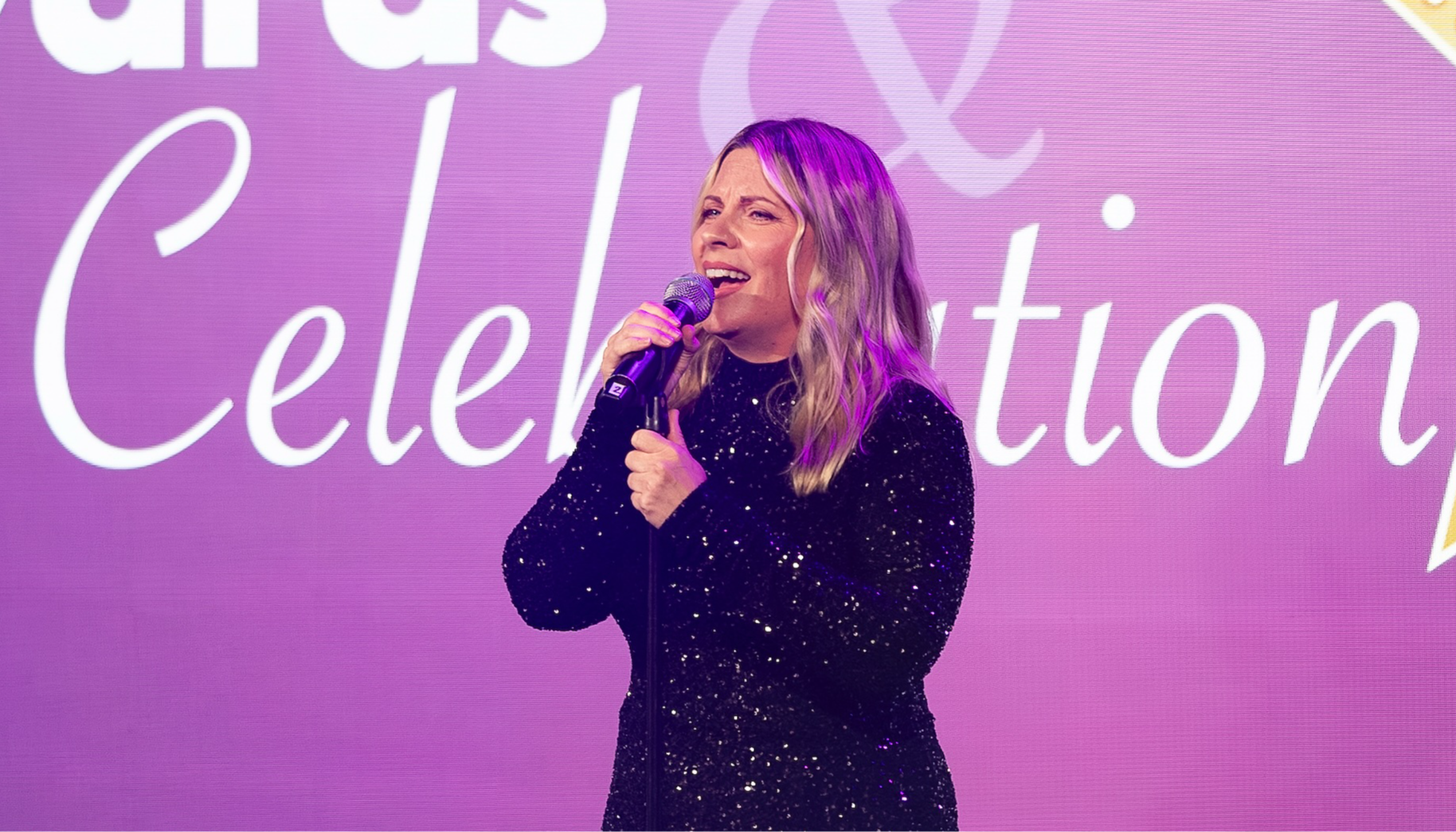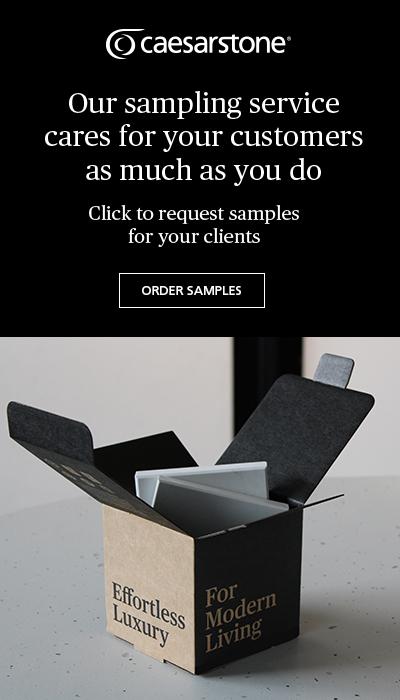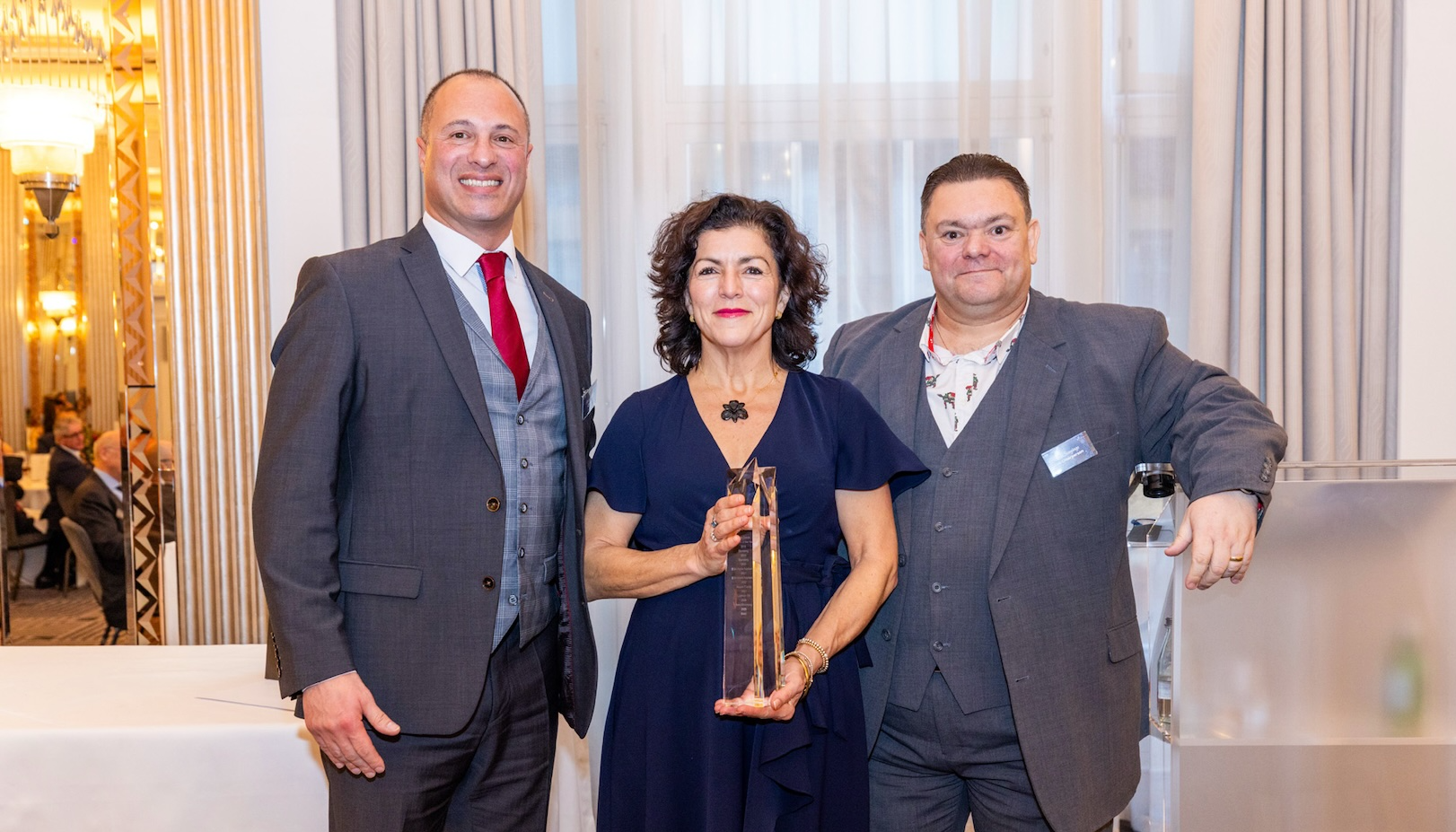Digital marketing – Why you need to get on board with Channels
Mon 6th Jan 2025 by Katrina Bell

Digital marketing – Why you need to get on board with Channels
The use of Channels – one-way, one-to-many broadcast tools – is surging in popularity as marketers are identifying an efficient way of enhancing customer engagement in the face of growing reluctance to sign up to newsletters. Katrina Bell explains.
Both WhatsApp and Instagram are seeing massive growth in the use of in the one-way, one-to-many broadcast tools called Channels, which are allowing brands to find and engage their audience in the most private space on a customer’s phone – their messages.
The basics are these – Channels are an SMS messaging feature in WhatsApp and Instagram, usually topic-based, which are getting significant traction. Meta announced in June 2024 that its version of Channels had 500million users worldwide, after having been launched 12 months before in only 2 countries. The full rollout didn’t happen until September 2023.
On WhatsApp, Channels can be found in the Updates tab. Brands, creators and communities can share text, images, videos, stickers and polls with their followers. It’s not dissimilar to Telegram, which has a strong following with sports fans and those who value privacy. Or think Reddit threads, which are often highly topic-specific. Reciprocal interactions are limited to emojis and general reactions.
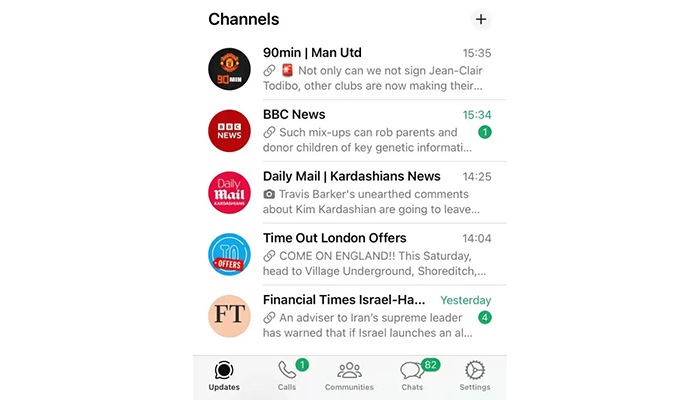
Marketers believe that WhatsApp Channels, and the very similar function on Instgram, are potentially a way to cut out the general ‘noisiness’ and ‘messiness’ of social media feeds, which don’t benefit from being single-subject that many of the Channels are. Less distraction therefore potentially means a more effective way to communicate.
It also benefits business marketers who are seeing an increasing wariness of Millennials and younger generations to sign up for email newsletters – they are much more likely to engage with short, bite-sized information bursts nested into the messaging app that share resemblance to X-Twitter or Threads. As well as the much-vaunted privacy of WhatsApp, Channels also benefits the user because notifications are muted by default. The user is in control of how often they interact with their channels and notification settings can be personalised for individual channels.
Unlike Communities, which only allow for 2,000 users, there is no limit to how many people can subscribe. Due to WhatsApp’s relatively low popularity in the US, the UK audience is a mature user base for the app.
This narrow focus, direct relationship mostly serves as a delivery path to websites or time-sensitive social content. A business-to-business communication right in the central hub of a user’s mobile phone is a potent weapon in the right hands.
Potential followers can find your Channel in a few very simple steps.
1 – If you share a link to your Channel on your website or socials, it automatically opens in WhatsApp.
2 – Users can also share their Channels with other people in their contents.
3 – Within the app, Channels re orgniastion into categories within the directory.
WhatsApp does also offer you metrics to measure your success beyond just how many have subscribed. You can see a region-based breakdown of how many follows/unfollows, and how many accounts have been reached. Importantly, you are also able to view the number of reactions and who has viewed your follower list – great to know who is snooping. This is a handy link from WhatsApp on How to Create a WhatsApp Channel.
Over on Instagram, the broadcast Channels are pretty similar – one-to-many public channels that support images, text, voice notes, polls, reactions in addition to collaborations with guest appearances. Creating an update suggesting followers to get onboard is easily done via a sticker in Stories or by pinning the Channel link in your profile.
This same approach is to be integrated into Messenger and Facebook gradually. Pages with more than 10,000 followers will already have access on Facebook, which is a clear sign that Channels are here to stay.
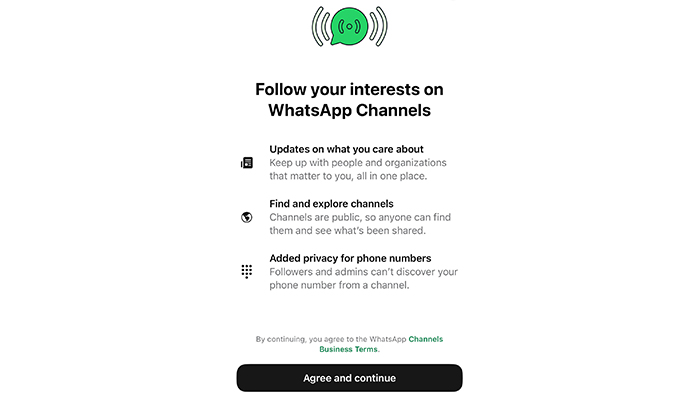
Tags: insight, features, digital marketing, channels, whatsapp, instagram, kitchens, bathrooms














